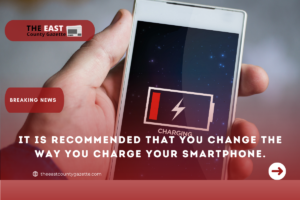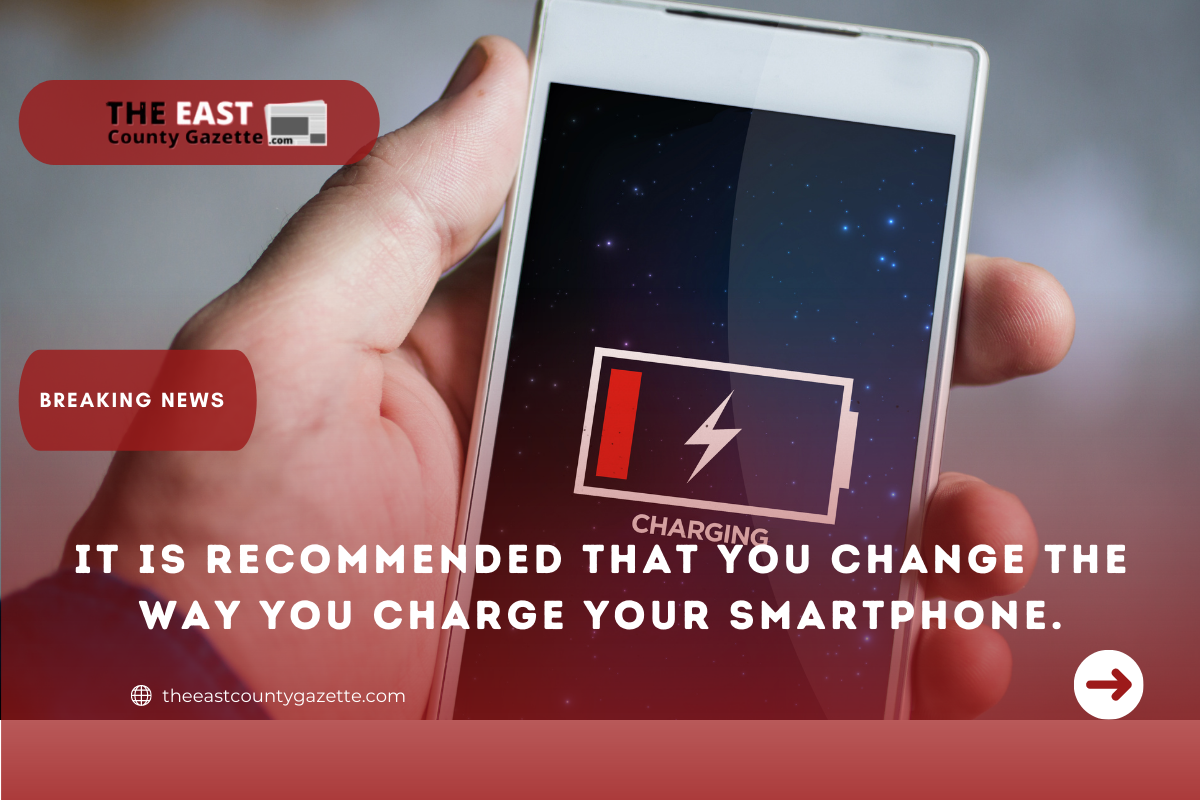In my experience, the last thing you’d do before going to bed is charged your smartphone so that it would be ready for a new day after a good eight hours of sleep, just as you were.
The problem is that charging a device for a third of a day is not particularly restful when the device can be fully charged in a matter of hours.
Because of this, I’ve modified the way I charge all of my smartphones and other portable devices.

I became acutely aware a couple of months ago of how foolish it was to leave something on charge overnight, especially when that device can recharge at the rate of today’s smartphones. When using a fast charger on a higher-end device, you can expect to get a 50 percent charge in approximately 30 minutes.
It seems silly to leave them plugged in overnight, especially considering that the battery has been baking for a third of a day at this point.
Yes, Apple has integrated an Optimized Battery Charging feature into iOS, which prevents the iPhone from charging once the battery reaches 80 percent and only adds the final 20 percent in time for you to wake up in the morning when the battery reaches 80 percent. However, this still means that the iPhone will be plugged into a power source all night.
Even with Optimized Battery Charging enabled, according to my unscientific real-world testing, there is still a temperature rise while the iPhone is plugged in.
It also does not seem wise to leave something charging for an extended period of time when I am not paying attention to it, as I have heard of a number of devices that have caught fire while charging.
Yes, device fires are extremely rare, but they do occur. And having witnessed batteries go from docile to enraged in a matter of seconds, it’s not something I’d want to happen while I’m trying to catch up on some beauty sleep.
Well, I’ve made a significant change in the way I charge all of my devices.
Read More: Atlanta Will Soon Become a Main Location for Top Technology Companies to Operate
As an alternative to charging them at night, I charge them for a few hours during the day. This is the charging schedule that I have found to be effective:
- 30 to 45-minute charge in the morning after I get up
- Another charge up around mid-afternoon for another 30 minutes if required
Note that if I’m going to be spending a lot of time in the car or out and about, I’ll also use a car charger or bring a power bank with me to keep my phone charged while on the go.
I first tried this with my iPhone and discovered that it was extremely effective; as a result, I’ve been doing it with all of my devices — iPhone, Apple Watch, AirPods Pro, MacBook Pro, Android smartphone, and everything else — with great success.
I can see how an overnight charge made sense “back in the day,” when things took a long time to charge up, but things now charge up so quickly that switching to “just in time” charging makes more sense.
My greatest fear was that I would run out of power during the day, but this hasn’t been the case so far. In part, this is due to the fact that I’m more accustomed to charging twice a day now, whereas previously I was reliant on that single overnight charge to get me through the day.
Does it help to reduce battery wear? While I’m still trying to come up with ways to test this more conclusively, my belief is that it must be true because charging causes battery wear, and less charging means less battery wear, and therefore it must be true.

